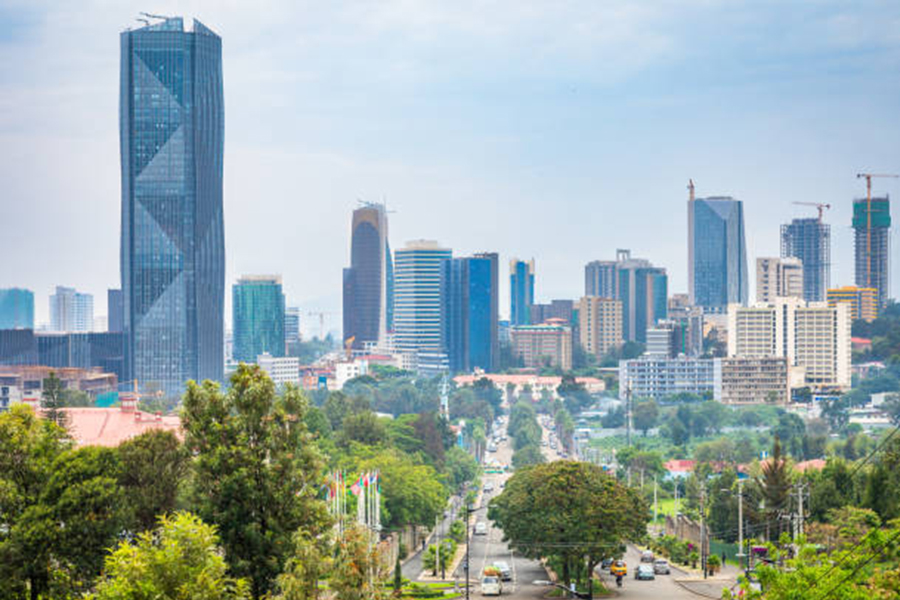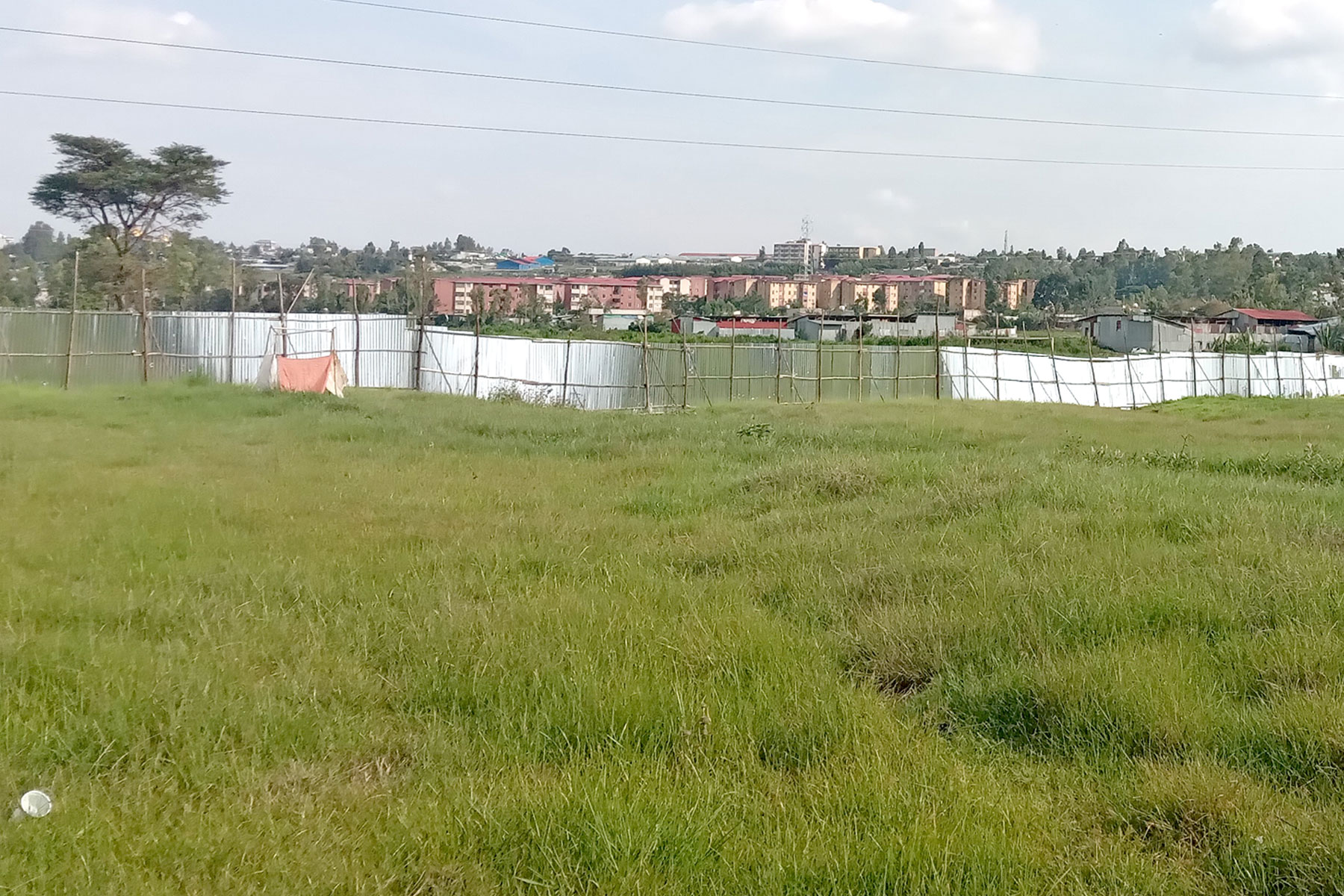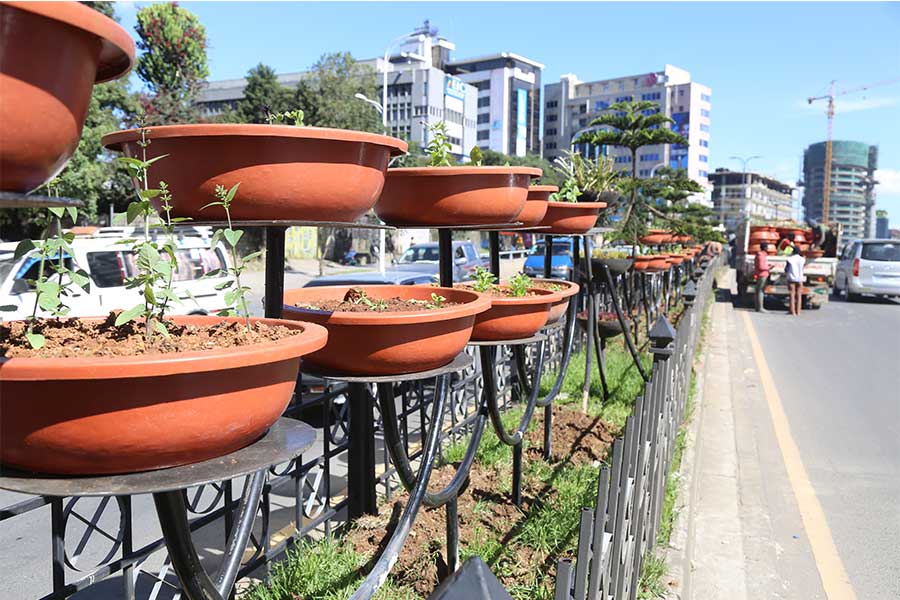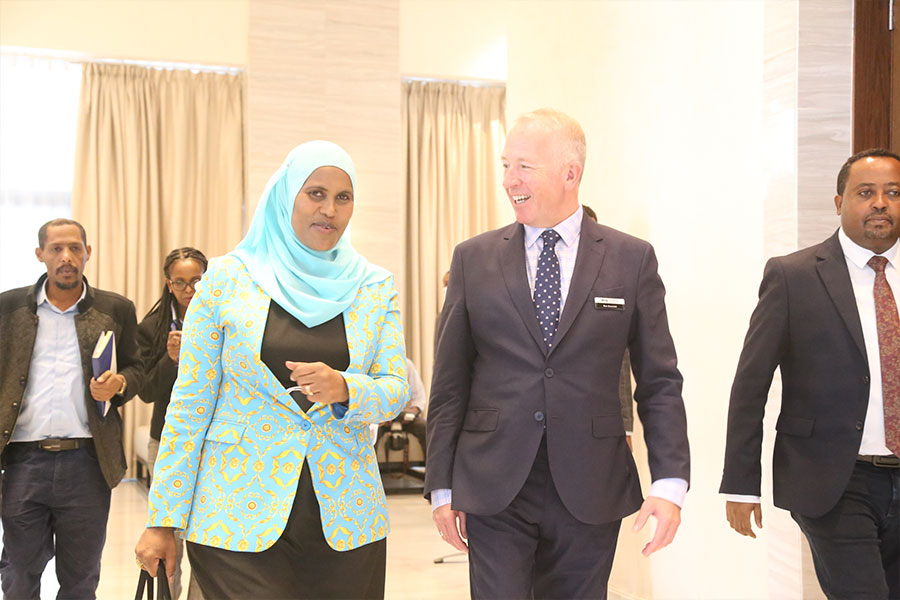
Mar 30 , 2024
By Hintsa Andebrhan
The transformation of Dubai from Al Wasl, a quaint fishing village, to a symbol of modernity and a hub for tourism and commerce presents a fascinating study of urban evolution and cultural preservation amidst rapid development. While an illustration of its leaders' ambition and futuristic vision, its metamorphosis also serves as a poignant reminder of the inherent value of historical consciousness in the face of relentless progress.
The case of Addis Abeba provides a striking parallel, marked by a tug-of-war between the imperatives of modernisation and the custodianship of heritage.
In the 18th Century, the then Al Wasl was little more than a speck along the Persian Gulf, its economy rooted in fishing and pearling. The early settlers laid the foundations for a community that would centuries later emerge as a global icon of architectural innovation and urban planning. Historical records from the early 1800s detail the construction of extensive fortifications, including walls stretching from the Al Fahidi District to Al Fahidi Fort, to protect the nascent community.
The Al Fahidi Fort, erected around the same time Dubai became a dependency in the late 18th Century, is a living reminder of this era of foundational development. Now housing an art gallery, the Fort connects visitors with the region's artistic heritage, offering insights into Emirati traditions through contemporary Arabic works. The melding of the ancient with the modern encapsulates Dubai's approach to urban development, wherein the preservation of historical sites operates in concert with the city's forward-looking ethos.
Dubai's evolution offers instructive lessons. Integrating preservation into the blueprint of modern urban development provides a pathway that respects both the past and the future. The preservation of cultural sites and the facilitation of modern urban living need not be mutually exclusive. They can coalesce into a cohesive vision that honours heritage while embracing change.
Contrastingly, Addis Abeba's journey through time uncovers a more tense relationship between development and historical preservation.
Founded in the late 19th Century, the city harbours potential archaeological riches that narrate Ethiopia's storied past. Yet, the current administration's urban redevelopment initiatives have sparked controversy over their impact on the city's cultural and historical legacy. Marked by civil unrest and socio-political upheaval, the demolition and construction projects have been criticised for sidelining the preservation of the city's heritage in favour of modernisation efforts.
Prime Minister Abiy Ahmed's (PhD) administration has been particularly zealous in pursuing urban renewal, championing policies that facilitate the demolition of old structures to make way for new developments. Its intent to allow foreign real estate ownership further reveals a vision for Addis Abeba that prioritises economic transition over cultural preservation.
This reflects a broader trend observed in rapidly developing cities around the globe, where the drive for modernity often collides with the imperative to preserve historical and cultural heritage. Dubai's experience shows how development and preservation have been balanced more successfully. The city's transformation did not eschew its historical roots but integrated them into its modern identity's fabric.
Balancing modernisation and preservation should raise deeper questions about identity, heritage, and the legacies communities choose to safeguard for future generations. Demolition of ancient sites and neighbourhoods in the name of development poses a risk not just to the physical landmarks but also to the intangible heritage they embody—the customs, traditions, and communal bonds that define a place's social fabric. The soul of a city lies not just in its physical structures but in the stories and memories that those structures embody.
The historical significance of Addis Ababa demands a considered approach to urban development, one that privileges the preservation of its heritage sites as much as it does the construction of new infrastructures. Achieving a harmonious balance between these competing demands should be possible.
PUBLISHED ON
Mar 30,2024 [ VOL
24 , NO
1248]


My Opinion | May 24,2025

Fortune News | May 23,2025


Commentaries | May 25,2024

Viewpoints | Nov 21,2020

Agenda | Jun 21,2025

In-Picture | Oct 19,2019

Fortune News | Aug 31,2019

Radar | Jul 09,2022

Commentaries | Apr 11,2020

My Opinion | 132151 Views | Aug 14,2021

My Opinion | 128561 Views | Aug 21,2021

My Opinion | 126482 Views | Sep 10,2021

My Opinion | 124091 Views | Aug 07,2021





Dec 22 , 2024 . By TIZITA SHEWAFERAW
Charged with transforming colossal state-owned enterprises into modern and competitiv...

Aug 18 , 2024 . By AKSAH ITALO
Although predictable Yonas Zerihun's job in the ride-hailing service is not immune to...

Jul 28 , 2024 . By TIZITA SHEWAFERAW
Unhabitual, perhaps too many, Samuel Gebreyohannes, 38, used to occasionally enjoy a couple of beers at breakfast. However, he recently swit...

Jul 13 , 2024 . By AKSAH ITALO
Investors who rely on tractors, trucks, and field vehicles for commuting, transporting commodities, and f...

Jul 12 , 2025
Political leaders and their policy advisors often promise great leaps forward, yet th...

Jul 5 , 2025
Six years ago, Ethiopia was the darling of international liberal commentators. A year...

Jun 28 , 2025
Meseret Damtie, the assertive auditor general, has never been shy about naming names...

Jun 21 , 2025
A well-worn adage says, “Budget is not destiny, but it is direction.” Examining t...

Jul 13 , 2025 . By YITBAREK GETACHEW
The Addis Abeba City Revenue Bureau has introduced a new directive set to reshape how...

Jul 13 , 2025 . By BEZAWIT HULUAGER
Addis Abeba has approved a record 350 billion Br budget for the 2025/26 fiscal year,...

Jul 13 , 2025 . By RUTH BERHANU
The Addis Abeba Revenue Bureau has scrapped a value-added tax (VAT) on unprocessed ve...

Jul 13 , 2025 . By NAHOM AYELE
Federal lawmakers have finally brought closure to a protracted and contentious tax de...